When it comes to firemen and firefighting, many people tend to think of heroic rescues and dramatic scenes from movies and TV shows. Yet, there’s so much more to this noble profession beyond what is portrayed on screens. One of the most asked questions by people who want to become firefighters or just curious about the profession is how long is a fireman’s shift? In this blog post, we will discuss this matter in detail so that you can learn everything you need to know about fire departments’ work schedules.
Traditional Firefighter Shift Patterns
Firefighters work in shifts, and the length of these shifts varies depending on the fire department and the location. Typically, most fire departments in the United States work in 24-hour shifts, meaning firefighters work for 24 hours straight and then have 48 hours off to rest and recover. This schedule is called the 24/48 schedule and is the most common type of shift in many departments across the country. Some other departments, however, use different shift models, such as the 12-hour shift schedule, which is commonly used in some larger cities.
The Classic 24/48 Model
Working in 24-hour shifts means that firefighters must be prepared for anything at any time. They must be ready to respond to emergency calls at any hour of the day or night and be on their feet the entire time. Because of the nature of their job, firefighters are required to be physically fit and mentally alert to make the best and safest decisions when handling emergencies.
Firefighters’ schedules can change according to how many stations a fire department has and how they divide their personnel between these stations. Some departments use a rotating shift system where, after a 24-hour shift, the firefighter will have a couple of days off before returning to work. In contrast, others will work a consecutive 48-hour shift, followed by 96 hours off before returning to their next shift.
The 10/14 Shift Cycle
To become a firefighter, one should be aware of the demanding nature of this profession. Firefighters work long hours and are always on call, ready to spring into action at a moment’s notice. This regular intense work schedule requires a certain amount of resilience and dedication.
The length of a fireman’s shift, like many other aspects of being a firefighter, depends on the department’s policy and location. The most common schedule used by fire departments in the United States is the 24/48 shift, where firefighters work for a full day before having two days off. Working in 24-hour shifts requires concentration, physical fitness, and a strong work ethic to handle the demanding work that comes with the job of a firefighter. With ongoing training and dedication, firefighters can maintain the necessary physical and mental health to work and serve their communities for many years.
How Long Are Firefighter Shifts and What You Should Know About Them
Firefighters are among the most respected and dedicated professionals in our communities. They risk their lives every day to save others, and their work schedule is an integral part of their job. If you are considering becoming a firefighter or have a loved one who is a firefighter, you may wonder how long their shifts are and what happens during those shifts.
The Reasoning Behind Long Shifts
We will answer these questions and provide you with a better understanding of what it takes to be a firefighter.
So, how long are firefighter shifts? Firefighters usually work long hours, and most shifts are 24 hours long. They typically work alternating shifts, meaning they may work for 24 to 48 hours straight followed by 24 to 48 hours off. However, shifts and schedules may vary depending on the fire department they work for. Some departments may have shorter or longer shifts depending on the size of the department and the location of the station.
Evolving Shift Trends and Concerns
During their shift, firefighters are responsible for responding to emergencies, performing tasks such as extinguishing fires, rescuing people from burning buildings, and providing medical assistance to people in need. They also conduct routine tasks such as equipment maintenance, training, and fire prevention education. Firefighters are on duty throughout their entire shift, so they must be ready to respond to emergencies at any time.
Working as a firefighter can be physically and emotionally challenging. Firefighters are exposed to dangerous situations, which can cause physical and mental stress. Additionally, the long hours and lack of sleep during their shifts can take a toll on their health and well-being. To help mitigate these risks, firefighters receive specialized training to handle the demands of their job.
Shift Variations Across Departments
In addition to their 24-hour shifts, firefighters may also work overtime to respond to emergencies or fill in for absent co-workers. This can result in a split shift that lasts for more than 24 hours. While firefighters understand the demands of their job and the importance of being on call, they also prioritize their health and well-being. Fire departments have implemented policies to ensure that firefighters have the time off they need to rest and recharge between shifts.
Conclusion
In conclusion, firefighters work long, demanding shifts that require dedication, skill, and mental toughness. Though it’s not an easy job, firefighters are motivated by their desire to serve their communities and make a difference in the lives of those they help. Next time you see a firefighter on duty, remember that they sacrifice their time, health, and safety to keep our community safe. If you or someone you know is considering a career as a firefighter, it’s important to understand the demands of the job before making a decision. We hope this blog post has provided you with a better understanding of how long firefighter shifts are and what it takes to be a firefighter.
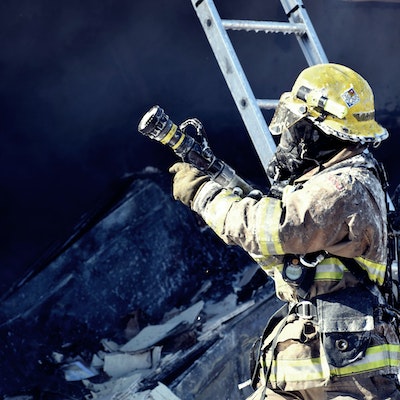

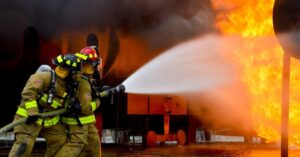

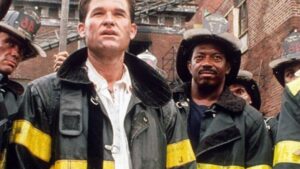
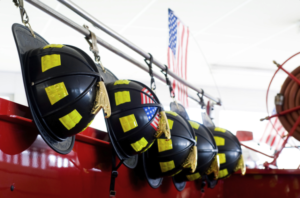

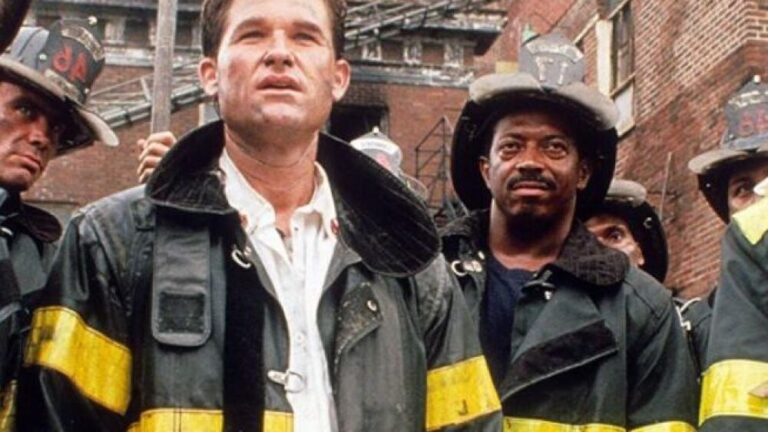
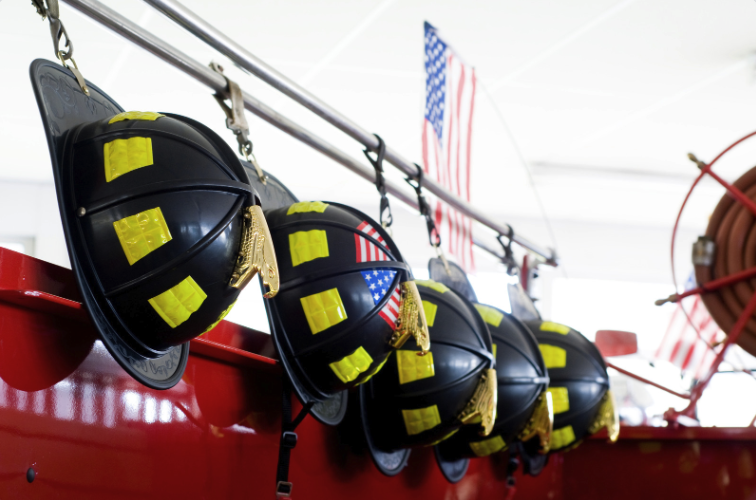

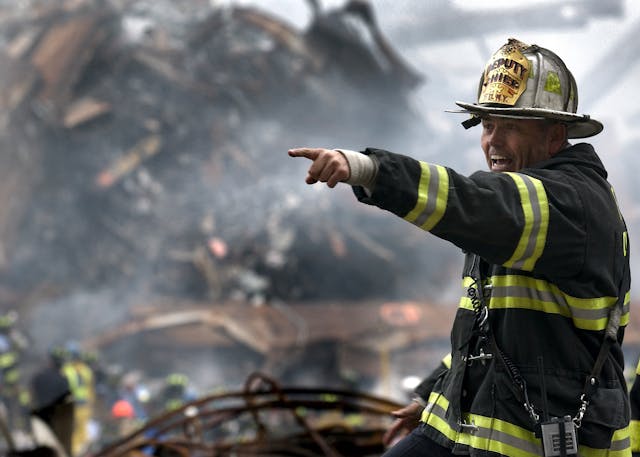
+ There are no comments
Add yours